Equatorial Guinea travel tips
Equatorial Guinea travel tips: Located in Central Africa, is a small nation with diverse landscapes, rich cultural heritage, and oil reserves.
Regions 🌎
Equatorial Guinea travel tips. Here is a list of all the regions of the Equatorial Guinea.
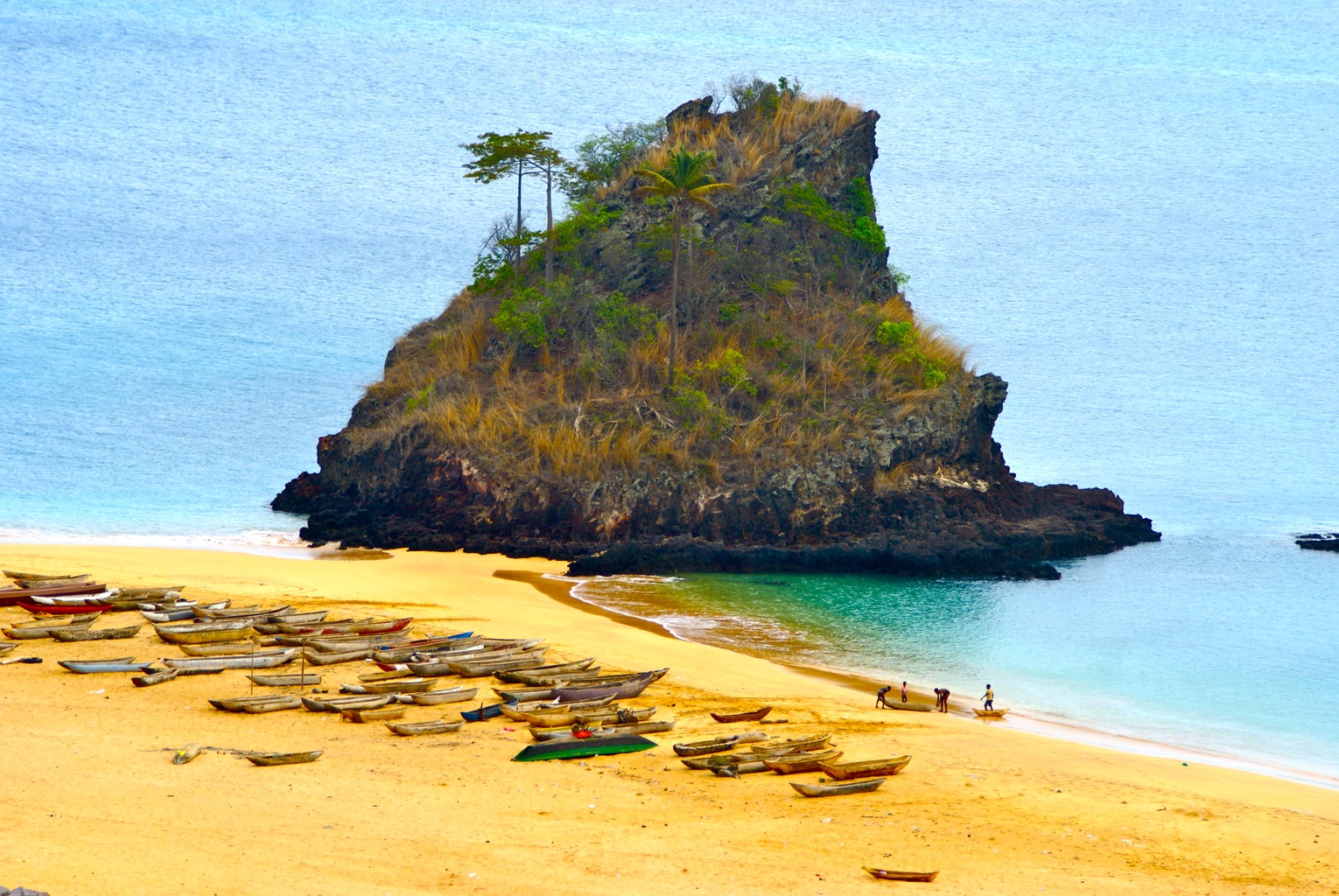
Annobón

Bioko Norte
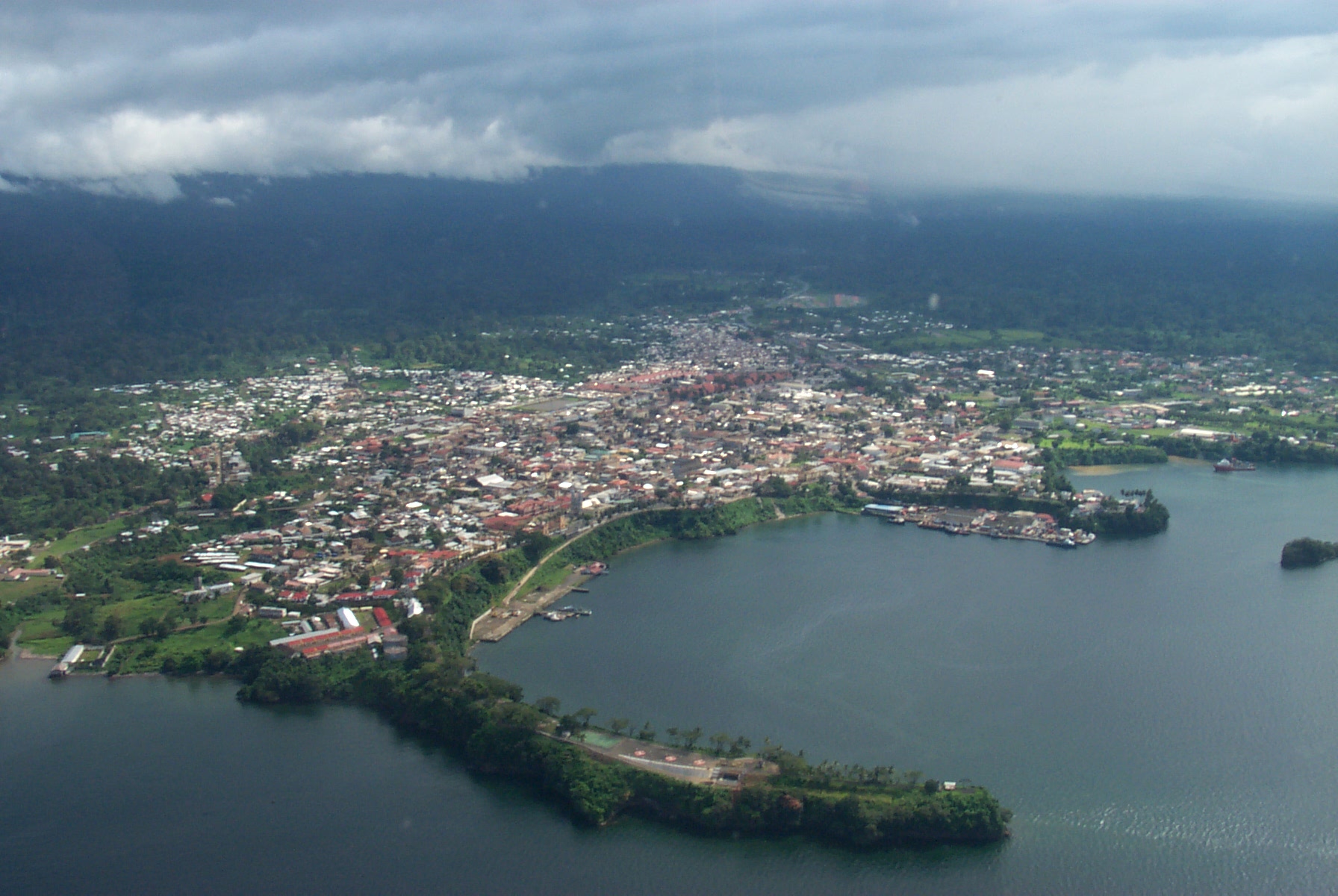
Bioko Sur

Centro Sur
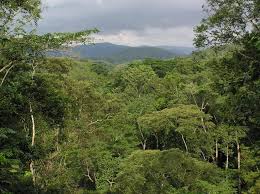
Kié-Ntem
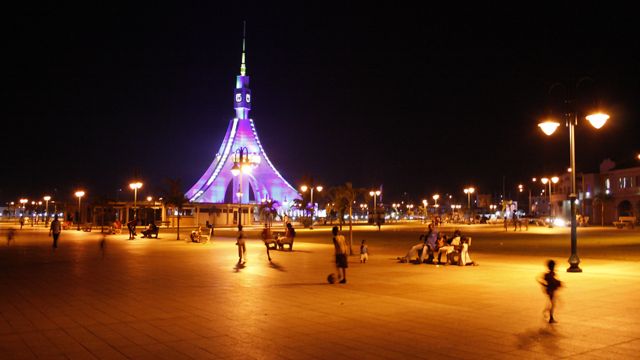
Litoral

Wele-Nzas
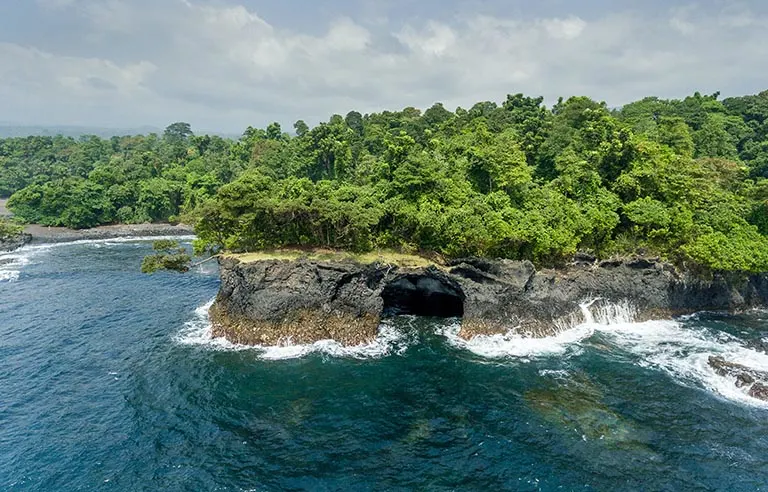
Insular
Before you go 🛩
Important information you should know before your trip
Info

Capital | Malabo
Flag Codes:
ISO alpha-2 GQ,
ISO alpha-3 GNQ
Currency
Badge | African CFA
CODE | XAF
NUMBER | 950
SYMBOL | Fr
FRACTION | penny
Mobile Coverage
Dialing Code | +240
SIM Card
Coverage | 3G / 4G / 5G |
Mobile Networks | Muni | Orange Mobile |

Location
Equatorial Guinea, officially known as the Republic of Equatorial Guinea, is a country located in Central Africa. It is situated on the west coast of Central Africa and consists of a mainland region known as Río Muni and several islands in the Gulf of Guinea. Here are the geographical coordinates and some key details about the location of Equatorial Guinea: Latitude: Equatorial Guinea is located approximately between 1° N and 2° S latitude. Longitude: The country spans approximately from 5° E to 11° E longitude.
Mainland Region (Río Muni): The mainland portion of Equatorial Guinea, known as Río Muni, is bordered by Cameroon to the north and Gabon to the east and south. The Atlantic Ocean forms the country’s western coastline.
Islands: Equatorial Guinea also includes several islands in the Gulf of Guinea, the most significant of which are Bioko Island (home to the capital city, Malabo) and Annobón Island. Other smaller islands and islets are part of the country as well.
The capital city of Equatorial Guinea is Malabo, which is located on Bioko Island. Bata is the largest city on the mainland (Río Muni) and serves as another important urban center.
Equatorial Guinea’s geographical location along the Gulf of Guinea provides access to the Atlantic Ocean and has strategic importance in the region. Its diverse landscapes range from coastal areas to tropical rainforests and savannas, making it a country with rich biodiversity and natural resources.
Currency
The currency of Equatorial Guinea is the Central African CFA franc, abbreviated as XAF.
The Central African CFA franc is a common currency used by six countries in Central Africa, which are members of the Economic and Monetary Community of Central Africa (CEMAC).
These countries include Equatorial Guinea, Cameroon, Chad, Central African Republic, Republic of the Congo, and Gabon.
The Central African CFA franc is issued and regulated by the Bank of Central African States (Banque des États de l’Afrique Centrale or BEAC), which is the central bank responsible for the monetary policies of the CEMAC member countries.
The currency is denoted by the currency code “XAF” and is pegged to the euro at a fixed exchange rate, ensuring stability in currency exchange for trade and economic purposes.
Central African CFA franc banknotes and coins are used for daily transactions in Equatorial Guinea and the other CEMAC member countries.
Languages
The official languages of Equatorial Guinea are Spanish, French, and Portuguese. Spanish is the most widely spoken official language and is used in government, administration, and education. French and Portuguese are also recognized as official languages, although they are less commonly spoken and are mainly used for international communication and diplomatic purposes.
In addition to the official languages, Equatorial Guinea is a linguistically diverse country with numerous indigenous languages spoken by various ethnic groups. These indigenous languages belong to different linguistic families, such as Bantu and Bubi. Fang, Bubi, and Combe are some of the prominent indigenous languages spoken in the country.
Spanish, being the most widely spoken official language, is often used as a lingua franca for communication among people from different linguistic backgrounds in Equatorial Guinea.
Climate 🌡
Equatorial Guinea has a tropical climate characterized by high temperatures and humidity throughout the year. The country’s climate is influenced by its location near the equator and its proximity to the Gulf of Guinea. The climate can be divided into two main seasons: the wet season and the dry season. Here are some key features of Equatorial Guinea’s climate:
High Temperature:
Equatorial Guinea experiences high temperatures year-round. Average temperatures often range from 24°C to 32°C (75°F to 90°F). Coastal areas are generally cooler due to the influence of the Atlantic Ocean.
High Humidity:
The country is known for its high humidity levels, especially during the wet season. Humidity can exceed 80% in some areas, contributing to the tropical climate.
Wet Season:
Equatorial Guinea has a long wet season that typically runs from March to November. During this period, the country receives heavy rainfall, especially in the form of afternoon thunderstorms and downpours. Rainfall amounts vary by region, with coastal areas receiving more rain than inland regions.
Dry Season:
The dry season usually occurs from December to February. During this time, rainfall is significantly reduced, and temperatures are slightly cooler. The dry season is more pronounced in the northern parts of the country.
Rainforests:
Equatorial Guinea is home to lush tropical rainforests, particularly on Bioko Island and in parts of the mainland. These rainforests receive ample rainfall throughout the year and support diverse ecosystems and wildlife.
Coastal Influence:
Coastal areas, including the island of Bioko, experience milder temperatures due to the cooling effect of the Atlantic Ocean. This regions are also more likely to experience maritime humidity.
Savannas:
Inland regions, particularly in the northern part of the mainland, transition to savanna landscapes with more distinct wet and dry seasons. These areas have a more pronounced dry season.
Tropical Cyclones:
Equatorial Guinea is occasionally affected by tropical cyclones and heavy rainfall associated with them, primarily during the wet season.
The climate in Equatorial Guinea supports lush vegetation, including rainforests, mangroves, and swamps, making it ecologically diverse. The wet season provides essential moisture for agriculture, while the dry season offers relief from heavy rains.
Equatorial Guinea travel tips
If you’re planning a trip to Equatorial Guinea, here are some travel tips to enhance your experience:
Visa Requirements:
Check and fulfill visa requirements before your trip.
Health Precautions:
Ensure vaccinations, carry a basic medical kit, and be cautious of local health advisories.
Weather and Clothing:
Equatorial climate; pack lightweight, breathable clothing. Prepare for sudden rain.
Respect Local Customs:
Familiarize yourself with and respect local customs and traditions.
Transportation:
Limited infrastructure; consider local guides for navigating transportation options. View Guide.
Wildlife Exploration:
Discover unique flora and fauna on Bioko Island.
Beaches:
Relax on the beautiful Arena Blanca beach in Malabo.
Enjoy your time in Equatorial Guinea!

The best of the best
Equatorial Guinea’s cuisine is influenced by its diverse ethnic groups and the availability of tropical ingredients. Traditional dishes often feature a combination of starches, vegetables, and proteins, with a focus on bold flavors and aromatic spices.

Succotash
A simple yet delicious dish made from lima beans, corn, and sometimes other vegetables.

Sesame Chicken
Chicken is seasoned with sesame seeds and spices and then grilled or fried for a flavorful and crispy dish.

Plantains
Plantains are a staple food in Equatorial Guinea and are often fried, boiled, or roasted.
Here are some typical foods and dishes of Equatorial Guinea:
Pepe Soup: Pepe soup is a spicy and flavorful soup made from chili peppers and a variety of proteins, such as chicken, fish, or goat. It is a favorite among those who enjoy spicy food.
Attiéké: Attiéké is a popular side dish made from fermented cassava. It has a texture similar to couscous and is often served with grilled fish, vegetables, or stews.
Sauce Claire: A light and tangy soup made from tomatoes, okra, and various vegetables. It is typically served with fufu or rice.
Bollo: Bollos are steamed balls of plantain or cassava dough wrapped in banana leaves. They are a popular street food snack.
Bambara Nut Soup: Made from Bambara groundnuts (a type of legume), this thick and creamy soup is often paired with vegetables and meat or fish.
African Breadfruit: Breadfruit is a starchy fruit often used in Equatorial Guinean cuisine. It can be boiled, roasted, or fried and served as a side dish.
Fufu: Fufu is a popular staple food made from starchy ingredients like cassava, plantains, or yams. It is pounded into a dough-like consistency and served with various soups and stews.
Equatorial Guinea’s cuisine reflects the country’s cultural diversity, and the use of aromatic spices and flavorful ingredients makes its dishes both unique and delicious. While traditional dishes are common, international cuisine is also available in urban areas.
Transportation 🚥
More information about this country
Choose your destination 📍🗺
Useful Links ✅



